Are you tired of struggling with tangled hair and ending up with breakage and damage every time you try to detangle it? We understand the frustration. Hair detangling can be a tricky task, but it doesn’t have to result in damage and stress. In this article, we will explore eight gentle ways to untangle your hair without causing harm. By following these tips, you can maintain the health and integrity of your hair while achieving smooth and tangle-free locks. Say goodbye to painful and damaging detangling sessions and hello to a more gentle and effective approach. Let’s dive in and discover how you can untangle your hair with care and love.
What causes hair detangling?
Hair tangling occurs when the cuticle, which is the outer layer of your hair, becomes damaged and opens up. This allows the cuticles to interlock with each other, forming knots. Essentially, when two individual strands of hair wrap around each other, they become tangled. When this affects several strands, it becomes challenging to untangle these knots. Hair that is smooth or silky is less likely to tangle, while damaged and textured hair, such as wavy or curly hair, is more susceptible to tangling.
Indeed, several factors can contribute to hair tangling. Here are some additional factors:
- Harsh hair care products: Using hair care products that contain harsh chemicals or excessive amounts of alcohol can strip the hair of its natural oils, leading to dryness and tangling.
- Massaging hair too hard while shampooing: Aggressively rubbing or massaging the hair and scalp during shampooing can cause friction and tangles.
- Overwashing: Washing the hair too frequently, especially with harsh shampoos, can strip the hair of its natural oils, resulting in dryness and tangling.
- Lack of hydration: Not providing enough moisture to the hair can lead to dryness, making the strands more prone to tangling.
- Heat styling: Excessive use of heat styling tools, such as flat irons, curling irons, or blow dryers, can damage the hair cuticle and cause tangles.
- Rubbing hair with a towel: Roughly towel-drying the hair by vigorously rubbing it can cause friction and lead to tangles.
- Wind blowing through your hair: Wind can cause the hair strands to tangle and knot, especially if the hair is long or textured.
- Not brushing hair daily or overbrushing: Neglecting regular brushing or combing can allow tangles to form and worsen over time. On the other hand, excessive brushing can lead to hair breakage and more tangles.
- Sleeping with your hair down Sleeping with loose hair can result in friction and tangling, especially if you toss and turn during sleep.
- Split ends: Split ends occur when the hair shaft becomes damaged and splits into two or more strands. Split ends can catch onto other hair strands, causing tangles to form.
By being mindful of these factors and adopting proper hair care practices, you can help minimize hair tangling and keep your hair healthy and manageable.
How to your hair detangling?
Hair knots can be a common issue regardless of hair type or texture. Removing a hair knot without causing damage can be a challenging task, but it is not impossible.
According to Abhisikta Hati, our senior product development executive, there are effective solutions to detangle hair knots. Products like hair oil, hair masks, and hair conditioners can help make the process easier. However, it is important to avoid attempting to detangle knots when the hair is wet. Wet hair is more prone to breakage, so it is advisable to wait until the hair is dry. Once the hair is dry, using a wide-toothed comb with soft bristles can be helpful in gently removing the knots.
Here are 8 ways in which you can detangle your hair without causing damage.
Conditioner

Conditioning your hair is an essential aspect of maintaining healthy and beautiful locks. Not only does it provide nourishment and hydration to your hair, but it also plays a crucial role in detangling those pesky knots and tangles. Incorporating a conditioner into your hair care routine can make a noticeable difference in the manageability and overall health of your hair.
When it comes to using a conditioner, it’s important to apply it correctly for optimal results. Start by focusing the application on the ends of your hair and gradually work your way up toward the roots. The ends of your hair tend to be more prone to dryness and damage, so they require extra attention and hydration. By sparing your scalp from the conditioner, you can avoid the risk of excessive oiliness or product buildup in that area.
After applying the conditioner, allow it to sit on your hair for approximately five minutes. This duration allows the conditioner to penetrate the hair shaft, providing deep hydration and nourishment. During this time, you can gently comb your hair using a wide-toothed comb or a detangling brush. The conditioner helps to create a slippery surface, making it easier to untangle knots and smooth out any snarls or tangles.
Once the five minutes have elapsed, thoroughly rinse your hair with lukewarm water. Make sure to remove all traces of the conditioner to prevent any residue buildup. As you rinse, you will notice how the conditioner has effectively helped to detangle your hair, leaving it smoother and more manageable.
Incorporating conditioner into your hair care routine is especially beneficial for those with dry, damaged, or textured hair. It helps to replenish moisture, restore shine, and improve the overall health of your strands. Regular conditioning can also reduce the likelihood of breakage, as well as minimize the formation of new tangles and knots.
Remember, every individual’s hair is unique, and finding the right conditioner for your specific hair type and concerns is crucial. Whether you opt for a moisturizing conditioner, a protein-based one, or a specialized formula for your specific needs, choose a product that suits your hair’s requirements.
Conditioning your hair is not just about providing hydration and nourishment; it is also an effective means of detangling your locks. By applying conditioner from the tips towards the roots, allowing it to sit for a few minutes, gently combing, and rinsing thoroughly, you can achieve smoother, more manageable hair that is free from knots and tangles. Embrace the benefits of conditioning, and enjoy the transformation it brings to your hair care routine.
Detangling Spray
What is detangling spray? Detangling spray is a hair product specifically designed to make it easier to detangle knots, tangles, and snarls in the hair. It typically comes in a liquid or spray form and contains a combination of ingredients that help to lubricate the hair, reduce friction, and smooth out the strands for effortless detangling.
Detangling sprays usually consist of a water-based formula infused with conditioning agents, such as moisturizers, oils, silicones, or polymers. These ingredients work together to provide slip and moisture to the hair, making it easier to comb through and separate tangled strands without causing excessive breakage or damage.
The primary purpose of a detangling spray is to make the detangling process more efficient, less painful, and less damaging to the hair. It helps to soften and moisturize the hair, which reduces the resistance between tangled strands and allows for smoother combing or brushing. By providing added slip, the spray helps the comb or brush glide through the hair more easily, minimizing hair breakage and reducing the amount of time and effort required for detangling.
Detangling sprays are particularly beneficial for individuals with curly, coyly, or textured hair, as these hair types are more prone to tangling and knotting. However, they can also be used by anyone experiencing tangles or knots, regardless of hair type or texture.
To use a detangling spray, you typically spray it onto damp or dry hair, focusing on the areas with knots or tangles. It is advisable to start from the ends and work your way up to the roots, gently combing or brushing the hair as you go. The spray helps to loosen the tangles and knots, allowing the comb or brush to glide through with minimal resistance.
Detangling sprays can be a helpful addition to your hair care routine, especially when dealing with stubborn tangles or knots. They provide an extra layer of conditioning and lubrication, making the detangling process smoother and less damaging to the hair. However, it’s important to choose a detangling spray that suits your hair type and concerns, as different products may have varying formulas and benefits.
Oils
Using oils for detangling and nourishing the hair can be a beneficial practice. Here are some insights regarding the use of mineral oil, olive oil, and other oils for detangling and maintaining hair health:
- Mineral oil: Mineral oil, derived from petroleum, can be an effective option for detangling hair. It acts as an antistatic agent, helping to reduce tangles and knots. However, it’s important to ensure that your hair is not overly conditioned before applying mineral oil, as excessive residue can hinder its detangling properties.
- Olive oil: Olive oil is a popular choice for hair care due to its moisturizing and nourishing properties. After detangling your hair, applying a few drops of olive oil can help restore moisture and flexibility. For deeper penetration, you can leave the oil on your scalp and strands for around twenty minutes. To enhance the oil’s absorption, you can use a steamer or wrap a warm towel around your head.
- Regular oiling: Regular oiling is a beneficial practice for preventing dryness and maintaining healthy hair. Carrier oils like coconut oil, olive oil, castor oil, or sweet almond oil can be used for oiling the hair. These oils provide moisture, nourishment, and protection to the hair strands. Additionally, incorporating essential oils such as lavender, tea tree, or rosemary can offer added benefits, including scalp health and hair growth stimulation.
When using oils for hair care, it’s important to find the right balance. Different hair types may respond differently to various oils, so it’s a good idea to experiment and determine which oils work best for your hair. Some individuals may find that certain oils, such as coconut oil, work well as leave-in treatments, while others may prefer to use oils as pre-shampoo treatments or overnight masks.
Overall, incorporating oils into your hair care routine can help moisturize, nourish, and detangle the hair, promoting overall hair health. Regular oiling can prevent dryness, enhance shine, and provide protection against external elements. Remember to consider your hair’s unique needs and preferences when choosing and using oils for your hair care regimen.
Water
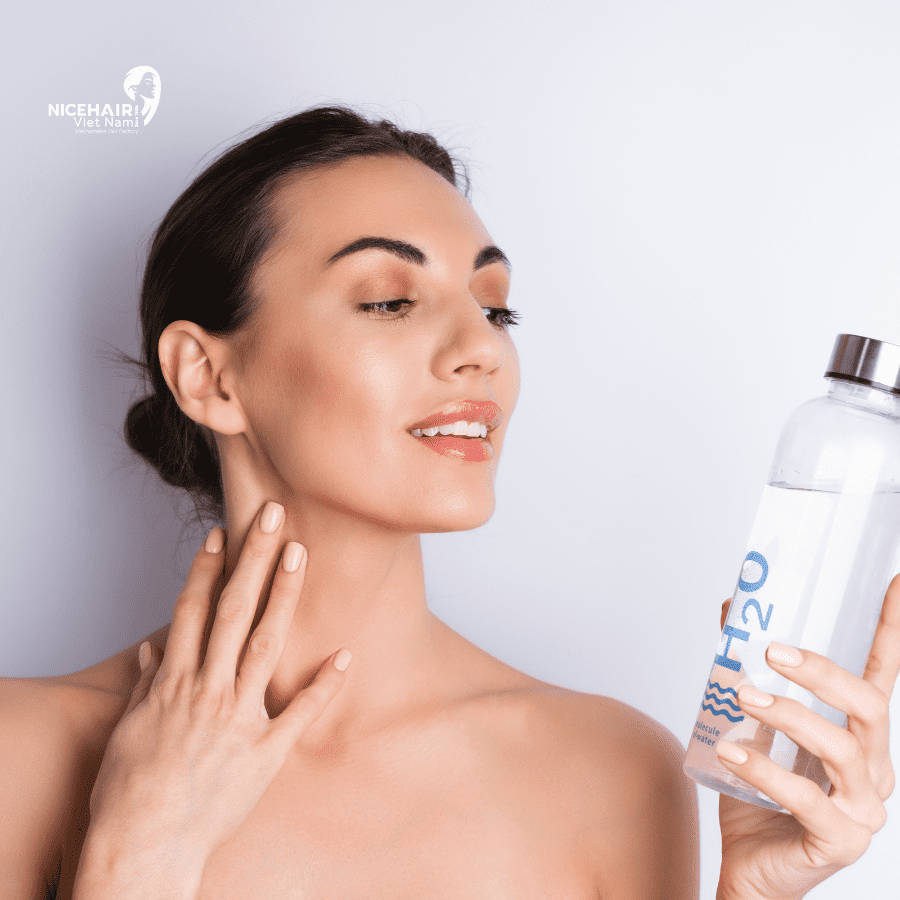
Water can indeed be a valuable tool when it comes to detangling hair. It provides moisture that helps lubricate the strands, making it easier to remove tangles without causing excessive pulling or damage. Here is a step-by-step approach for using water to aid in the detangling process:
- Prepare a spray bottle: Fill a spray bottle with water. Ensure it produces a fine mist for even distribution.
- Spritz water on the hair: Section your hair and lightly spritz water onto each section. The water should dampen the hair without soaking it.
- Divide and conquer: Using your fingers, divide your hair into manageable sections. This helps to work on one section at a time, ensuring thorough detangling.
- Use a wide-toothed brush or comb: Start with a wide-toothed brush or comb specially designed for detangling. Begin combing from the ends of the hair, working your way up to the roots. The water will help to reduce friction and make combing easier.
- Secure detangled hair: Once a section is detangled, secure it with a hair clip or pin to prevent it from re-tangling while you work on other sections.
- Repeat for all sections: Continue this process of spritzing water, sectioning, and detangling for each portion of your hair until the entire head is detangled.
By following this method, the moisture from the water helps to soften the hair, making it more pliable and less likely to break. It also reduces the resistance between strands, allowing the brush or comb to glide through the hair more smoothly.
It’s important to note that different hair types and textures may require adjustments in the amount of water used or the type of comb or brush used for detangling. Additionally, incorporating a leave-in conditioner or detangling spray along with the water can provide additional slip and moisturizing benefits.
Remember to be gentle and patient when detangling to minimize breakage and damage. With the help of water and proper technique, you can effectively navigate through tangles and knots, leaving your hair smooth, manageable, and ready for styling.
Wide-toothed comb
What is a wide-toothed comb? A wide-toothed comb is a hair tool designed with wider spaces or gaps between its teeth compared to traditional combs. The teeth of a wide-toothed comb are typically more widely spaced, allowing for easier passage through the hair without causing excessive pulling, breakage, or discomfort.
Have you ever considered the significance of using a wide-toothed comb for your hair? Often overlooked, wide-toothed combs and paddle brushes offer numerous benefits when it comes to detangling hair, providing a more gentle and painless experience compared to other hair tools.
- The wide-toothed comb, as the name suggests, is designed with wider spaces between its teeth, allowing for easy passage through the hair without causing excessive pulling or breakage. This design is particularly advantageous for individuals with thick, curly, or textured hair, as these hair types are more prone to tangles and knots.
- When it comes to detangling, a wide-toothed comb gently separates the hair strands without causing unnecessary stress or damage. Unlike fine-toothed combs or brushes with densely packed bristles, the wider spacing of the teeth helps to minimize the risk of hair breakage, especially when working with wet or fragile hair.
- Wide-toothed combs are particularly useful for detangling hair during and after showering. Wet hair tends to be more vulnerable and prone to breakage, making it essential to use a comb that can navigate through the strands without causing further damage. The wider teeth allow for easy gliding through the hair, minimizing the risk of pulling or snapping.
- Similarly, when working with dry hair, a wide-toothed comb proves to be an excellent tool for detangling without causing excessive frizz or disrupting the natural curl pattern. It helps to maintain the integrity of textured or curly hair by gently separating the strands while preserving their natural shape.
- Paddle brushes, another option for detangling, feature a wide, flat surface with bristles that are typically spaced out. These brushes work similarly to wide-toothed combs but provide a different experience due to their design. Paddle brushes are known for their ability to distribute natural oils from the scalp throughout the hair, resulting in added shine and overall hair health.
- In addition to being gentler on the hair, wide-toothed combs and paddle brushes also offer a more comfortable and painless experience during the detangling process. They are less likely to cause scalp irritation or discomfort, as their design allows for smoother gliding through the hair without excessive pulling or tugging.
- Whether your hair is straight, wavy, curly, or coily, incorporating a wide-toothed comb or paddle brush into your hair care routine can make a noticeable difference in the detangling process. These tools provide a gentler and more effective way to remove tangles, reducing the risk of hair breakage and promoting healthier, more manageable locks.
So, the next time you reach for a hair tool, consider the benefits of a wide-toothed comb or paddle brush. Embrace their gentleness, ease of use, and painless detangling capabilities, as they prove to be valuable assets in maintaining the health and beauty of your hair.
Begin from the bottom
When it comes to combing or brushing your hair, a common mistake many of us make is starting from the roots and working our way down. However, it is recommended to begin from the bottom of the hair and gradually work your way upwards. This simple change in technique can help prevent hair breakage and minimize any discomfort or pain at the scalp caused by aggressive pulling.
Starting from the bottom allows you to tackle any tangles or knots in a more controlled manner. By gently combing or brushing a few inches from the ends of your hair first, you can loosen and detangle the lower sections without causing unnecessary strain or tension on the rest of the hair. This method helps to minimize the risk of breakage, as it prevents the comb or brushes from forcefully pulling through the entire length of the hair, potentially causing damage or split ends.
As you move upward, continue combing or brushing small sections of hair, gradually working your way toward the roots. This approach allows you to address tangles or knots in a step-by-step manner, ensuring a smoother and more painless experience. It also helps distribute the pressure evenly throughout the hair, reducing the likelihood of discomfort or scalp irritation.
By starting from the bottom and working your way up, you can effectively detangle your hair while minimizing the stress placed on the strands and scalp. This technique is particularly beneficial for individuals with longer or thicker hair, as they are more prone to tangles and knots. It can also be useful for those with curly or textured hair, as these hair types tend to be more susceptible to tangling.
In addition to the bottom-up approach, it’s important to use a comb or brush with wide-spaced teeth or bristles. This further reduces the risk of tugging or pulling on the hair, promoting a gentler and more efficient detangling process.
Remember, patience is key when detangling your hair. Take your time and be gentle with each stroke, especially when encountering stubborn tangles. If needed, you can apply a detangling spray, conditioner, or a small amount of oil to help lubricate and soften the hair, making the detangling process even easier.
So, the next time you reach for your comb or brush, remember to start from the bottom and work your way up. This simple adjustment in technique can make a significant difference in minimizing hair breakage, reducing scalp discomfort, and promoting overall healthier-looking hair.
Use your fingers

Before reaching for a comb or brush, a helpful technique to remove tangles and knots is to use your fingers to gently separate your hair into sections. This preliminary step allows you to address and remove the majority of tangles before using a comb, minimizing the risk of hair breakage and making the combing process smoother and more manageable.
To begin, start by loosely dividing your hair into smaller sections using your fingers. You can start with larger sections and gradually work towards smaller ones, depending on the thickness and length of your hair. By gently running your fingers through each section, you can identify and carefully untangle any knots or tangles you encounter.
Using your fingers to remove tangles provides several benefits. Firstly, it allows you to have more control over the detangling process. Your fingers can feel the knots and snarls, and you can adjust the pressure accordingly, ensuring a gentle approach that minimizes the risk of hair breakage.
Secondly, using your fingers helps to reduce the reliance on a comb or brush, especially when dealing with delicate or fragile hair. Combs and brushes, even wide-toothed ones, can still exert some tension on the hair, potentially causing breakage if used on severe tangles. By manually separating the hair with your fingers first, you can loosen the knots and tangles without the added stress of a tool.
Moreover, using your fingers allows you to be more in tune with your hair’s needs and sensitivity. You can feel any areas that require extra attention or areas where the hair may be particularly tangled or knotted. This tactile approach enables a more personalized and targeted detangling process.
Once you have used your fingers to remove the majority of tangles, you can then proceed to use a comb or brush to further smooth out the hair. By completing the initial detangling with your fingers, you reduce the strain and tension on the hair when using a tool, making the combing process more efficient and less likely to cause damage.
Remember, it is important to be patient and gentle when using your fingers to separate and detangle your hair. Take your time and work through each section carefully, ensuring that you don’t tug or pull excessively. If you encounter stubborn knots, you can apply a small amount of conditioner or detangling spray to further ease the process.
Incorporating this step of using your fingers to separate and remove tangles before combing your hair can greatly improve the overall detangling experience. It is a simple yet effective technique that helps protect your hair from unnecessary damage and breakage, leaving it smoother, more manageable, and ready for styling.
Hair masks
If you find that your hair is prone to regular tangles, it could be an indication of dryness. In such cases, incorporating a hair mask into your hair care routine can be incredibly beneficial. Hair masks are designed to provide intense hydration, nourishment, and moisture to the hair, helping to combat dryness and improve manageability.
Hair masks are available in a wide range of options, both commercially produced and homemade. Commercial hair masks can be found at beauty supply stores, drugstores, or online, and they are formulated with various ingredients to target specific hair concerns. Look for a hair mask that is specifically designed to provide moisture and hydration, as these will be most effective for combating tangles caused by dryness.
Alternatively, you can create your hair mask using simple kitchen ingredients. Common ingredients used in homemade hair masks for hydration include eggs, yogurt, honey, and banana. These natural ingredients are known for their moisturizing and nourishing properties, and when combined, they can create a potent hair mask that helps restore moisture and softness to your hair.
To make a homemade hair mask, you can mix ingredients such as a beaten egg, plain yogurt, a tablespoon of honey, and mashed banana. Blend the ingredients until you achieve a smooth consistency. Apply the mask to clean, damp hair, focusing on the mid-lengths and ends where tangles tend to form. Leave the mask on for the recommended time, usually around 20 to 30 minutes, to allow the ingredients to penetrate the hair shaft and provide deep hydration. Rinse thoroughly with lukewarm water and follow up with your regular shampoo and conditioner routine.
When using a hair mask, it’s important to follow the instructions provided with the product or the specific recipe you’re using. Some masks may require longer or shorter application times, depending on their ingredients and intended purpose. It’s also crucial to avoid applying the mask directly to the scalp, as this can weigh down the hair and lead to greasiness.
Incorporating a hair mask into your hair care routine regularly can help nourish and replenish your hair, making it more resilient, softer, and less prone to tangles. Consider using a hair mask once or twice a week, or as needed, to maintain optimal moisture levels and promote healthy, tangle-free hair.
Remember, in addition to using hair masks, it’s essential to follow a well-rounded hair care regimen that includes regular conditioning, minimizing heat styling, protecting your hair from environmental factors, and avoiding harsh chemical treatments. By combining these practices, you can effectively address dryness, minimize tangles, and achieve healthier, more manageable hair.
Tips to avoid detangling hair
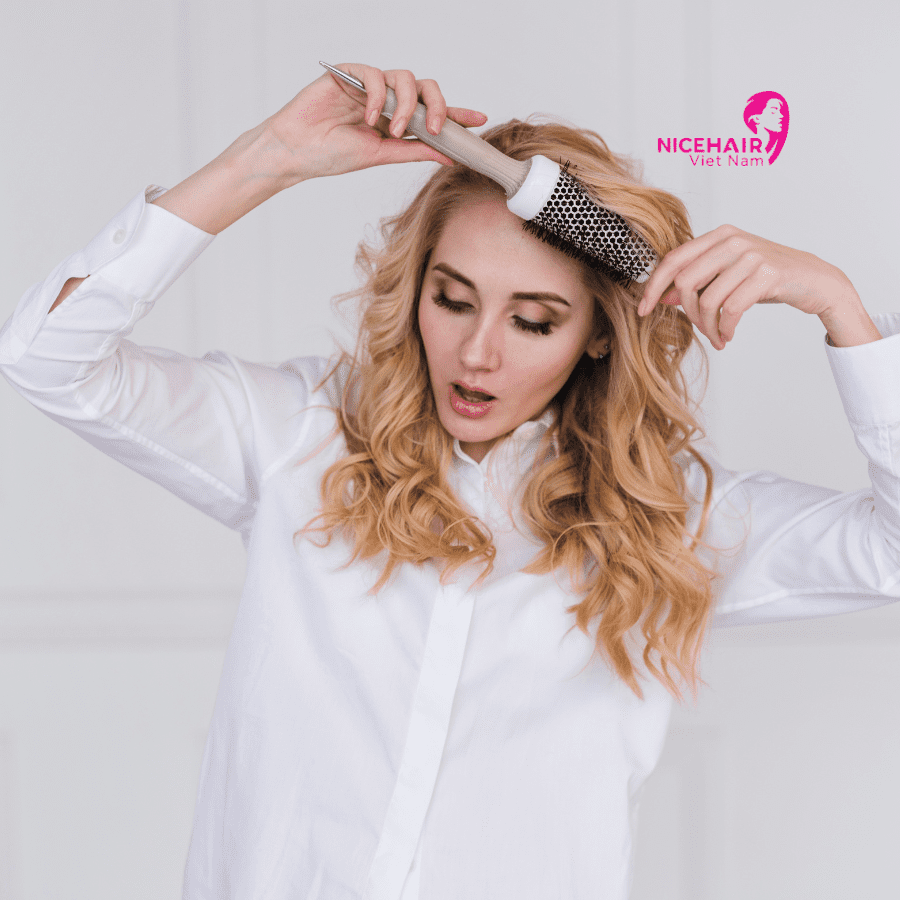
Maintain tangle-free and healthy-looking hair, here are some helpful tips to incorporate into your hair care routine:
- Brush your hair before washing: Before stepping into the shower, take a few minutes to gently brush your hair using a wide-toothed comb or a brush specifically designed for detangling. This helps to remove any existing knots or tangles and prevents them from getting worse during the washing process.
- Use less shampoo on the strands: When applying shampoo, focus on the scalp and roots of your hair, as this is where oil and product buildup typically occur. Use a smaller amount of shampoo on the lengths and ends of your hair to avoid stripping away too much moisture, which can contribute to tangles and dryness.
- Apply conditioner and detangle: After shampooing, apply a generous amount of conditioner, focusing on the lengths and ends of your hair. Use a wide-toothed comb or your fingers to gently detangle your hair while the conditioner is still in. This helps to distribute the conditioner evenly and reduces the chances of hair breakage.
- Consider braided hairstyles: Braids can be a great way to keep your hair in place and minimize tangling. Opt for braided hairstyles such as French braids, Dutch braids, or simple plaits. These styles help to keep your hair contained and reduce the friction that can lead to tangles.
- Protect your hair from wind: On windy days, consider wearing a scarf, hat, or headwrap to keep your hair from getting tangled and tousled. These accessories can help prevent your hair from getting blown all over the place and protect it from unnecessary exposure to wind.
- Regular trims: Schedule regular hair trims every 4-6 weeks to get rid of split ends. Split ends can lead to further tangling and make your hair look damaged and dry. By keeping your ends healthy and trimmed, you minimize the chances of tangles and promote smoother, more manageable hair.
Incorporating these tips into your hair care routine can help minimize tangles, promote healthier hair, and make your styling process easier. Additionally, remember to handle your hair with care, avoid excessive heat styling, and protect it from environmental stressors to maintain its overall health and vitality.
To prevent tangled hair and maintain its health, there are certain practices you should avoid:
- Don’t rub your hair with a towel: When drying your hair after washing, avoid vigorously rubbing it with a towel. This can cause friction and tangles. Instead, gently squeeze out excess water and wrap your hair in a soft cotton t-shirt or a microfiber towel. Patting or blotting your hair will help to minimize damage and prevent tangles.
- Avoid sleeping with open hair: Leaving your hair loose while sleeping can result in knots and tangles. Consider gently tying your hair in a loose braid, bun, or ponytail before going to bed. This helps to keep your hair contained and minimizes friction, reducing the chances of waking up with tangled hair.
- Switch to silk pillowcases: Cotton pillowcases can create friction, leading to hair tangles. Opt for silk or satin pillowcases instead. These materials have a smoother surface that allows your hair to glide over them while you sleep, reducing friction and preventing tangles.
- Minimize heat styling: Excessive use of heat styling tools like flat irons, curling irons, and blow dryers can damage your hair, making it more prone to tangling. Limit your use of heat styling tools and, when you do use them, make sure to apply a heat protectant spray to minimize damage.
- Avoid overusing shampoo for lather: Using an excessive amount of shampoo to create more lather may seem like it will cleanse your hair better, but it can strip away natural oils and lead to dryness and tangles. Use a moderate amount of shampoo and focus on massaging it into your scalp, allowing the lather to rinse through the lengths of your hair.
Remember, maintaining healthy and tangle-free hair requires a combination of good hair care practices and avoiding damaging habits. By being mindful of how you handle and style your hair, you can minimize tangles, promote its natural beauty, and enjoy smoother, more manageable locks.
Wrapping Up
In conclusion, taking proper care of your hair and using the right techniques can make the process of detangling much easier and safer. By incorporating conditioners, oils, and wide-toothed combs into your hair care routine, you can effectively manage tangles and prevent hair breakage. Remember to be gentle with your hair to minimize damage and promote healthier, more manageable locks.
Additionally, it’s important to listen to your hair’s needs and adjust your routine accordingly. Every individual’s hair is unique, and what works for one person may not work for another. Pay attention to how your hair responds to different products and techniques, and make adjustments accordingly.
Taking care of your hair is not just about detangling, it’s about overall hair health. Ensure that you follow a balanced hair care regimen that includes regular washing, conditioning, moisturizing, and protecting your hair from heat and environmental damage. By maintaining a healthy hair care routine and treating your hair with care, you can enjoy tangle-free, beautiful locks.
So, say goodbye to the frustration of tangled hair and embrace a gentle and nourishing approach to detangling. Your hair will thank you for it!
Contact us
- Website: nicehairvietnam.com
- Whatsapp: (+84) 846009647
- Email: [email protected]
- Factory address: Factory No1, Dong Tho’s Street Zone, Yen Phong Dist., Bac Ninh Province, Vietnam.
- Office: No.25 Tho Thap Ward, Dich Vong Hau Ward, Cau Giay District, Hanoi City, Viet Nam.

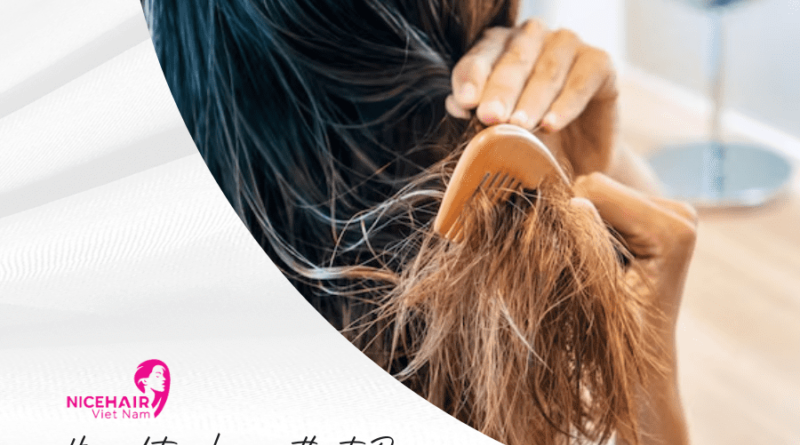

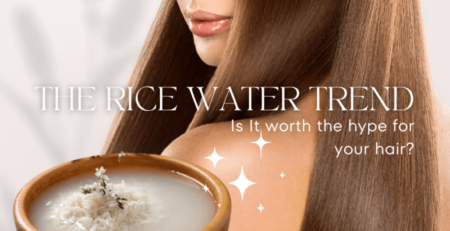


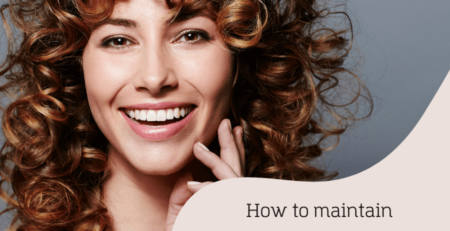
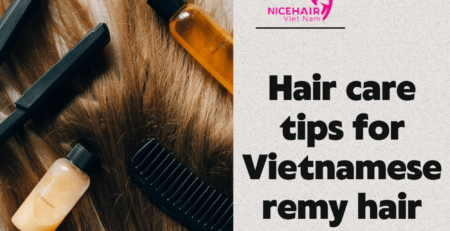
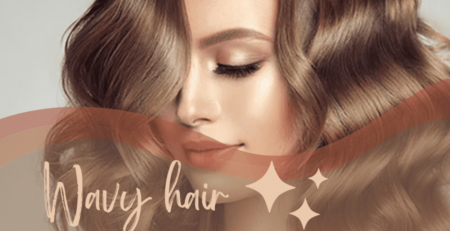
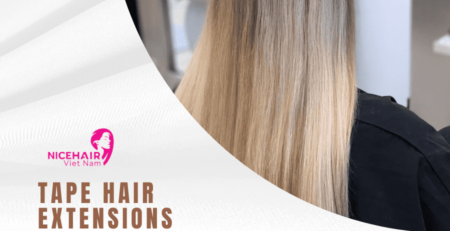

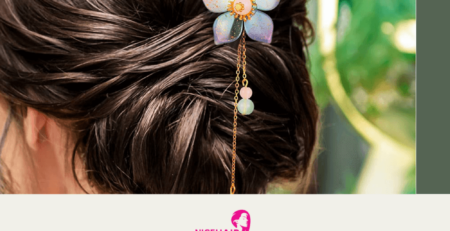
Leave a Reply